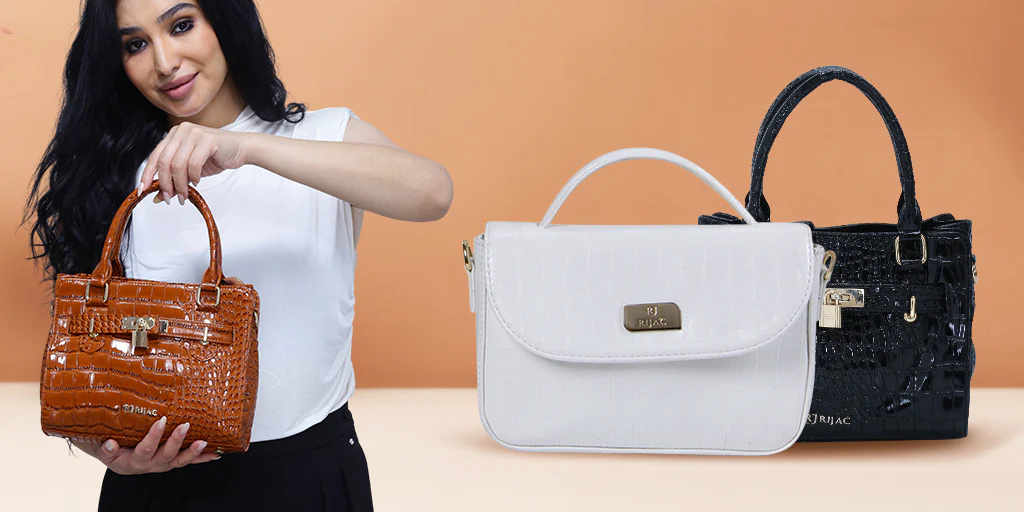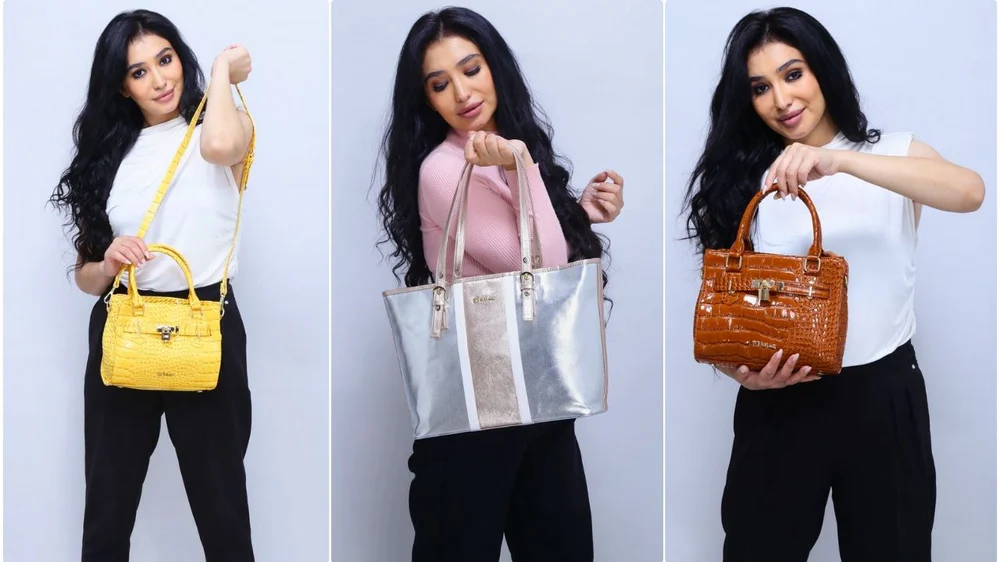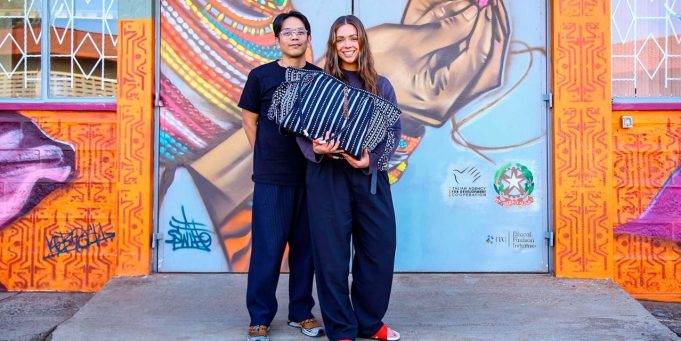Across Kenya, a powerful movement is reshaping the fashion industry. Women artisans are combining age-old traditions with modern aesthetics to craft luxury bags that rival top international brands. These creations, deeply rooted in cultural identity, are making waves across continents, turning local crafts into global sensations.
As more consumers seek ethically produced, high-quality fashion, Kenyan women are stepping into the spotlight with designs that showcase not only their skill but also their entrepreneurial spirit. Their journey blends craftsmanship, creativity, and empowerment, creating a ripple effect that transforms communities and economies alike.
Heritage in Every Stitch – The Cultural Influence on Kenyan Bags
Traditional Craft Techniques
Kenyan women draw from generations of craftsmanship. Using methods like:
- Beading: Maasai beadwork adds vibrant colors and patterns
- Weaving: Sisal and palm fibers form structured, durable bases.
- Dyeing: Natural dyes from roots and leaves create earthy tones
These methods preserve cultural narratives, bringing history to modern luxury fashion.
Symbolism in Designs
Each bag often carries motifs symbolizing strength, unity, or nature. Common symbols include:
- Triangles for femininity
- Waves for life and continuity
- Circles representing wholeness
This symbolic language adds emotional depth and storytelling to the accessories.
Rising Global Demand for Ethical Luxury
The Conscious Consumer Shift
Worldwide shoppers now prioritize sustainability and social impact. Kenyan-made luxury bags resonate due to:
- Traceable sourcing of eco-friendly materials
- Artisans receiving fair wages
- Small-scale production ensures uniqueness.
These elements cater to buyers seeking authenticity over mass-produced fashion.
Notable Brands and Collaborations
Kenyan labels such as ZAAF, Sandstorm Kenya, and Kiko Romeo have partnered with global retailers, featured in fashion weeks, and endorsed by celebrities. This exposure fuels both international sales and pride within local communities.

Empowerment through Entrepreneurship
Transforming Local Economies
Through bag-making ventures, women access financial independence. In many rural areas, these ventures contribute to household income, fund children’s education, and support healthcare. Cooperative models facilitate the sharing of resources, training, and growth opportunities, promoting mutual benefits and collaboration.
Skill Development and Leadership
Programs run by NGOs and social enterprises offer training in:
- Design innovation
- Business management
- Quality control
These initiatives prepare artisans to lead workshops, start their businesses, and mentor others, thereby cultivating a culture of growth.
Sustainability and Material Innovation
Eco-Friendly Raw Materials
Kenyan bags are often crafted using:
- Vegetable-tanned leather: Less harmful to the environment
- Sisal fiber: Biodegradable and locally available
- Recycled brass: Upcycled into handles and accents
These choices demonstrate a strong commitment to environmentally friendly practices.
Waste-Reducing Production
Artisans often repurpose leftover materials into smaller accessories like:
- Coin purses
- Bracelets
- Keychains
This approach maximizes material use and increases product diversity.
Showcasing Artistry on Global Platforms
Features in Fashion Shows and Expos
Kenyan designers participate in global fashion events in cities such as New York, Paris, and Tokyo. These platforms highlight:
- Unique craftsmanship
- Cultural heritage
- Sustainability values
Such exposure boosts both brand credibility and market demand.
Social Media as a Launchpad
Platforms like Instagram and Pinterest amplify visibility. Artisans share stories behind each piece, gaining global followers and direct customers without intermediaries.
Key Challenges and Opportunities
Infrastructure Gaps
Despite growing interest, artisans face hurdles such as:
- Limited access to high-quality tools
- Supply chain delays
- Unstable Internet for e-commerce
Investments in infrastructure can boost productivity and reliability.
Potential for Market Expansion
With strategic branding, storytelling, and partnerships, Kenyan luxury bags can gain footholds in:
- Boutique luxury retailers
- Online ethical fashion platforms
- Corporate gifting programs
This potential highlights the untapped strength of artisan-led enterprises.

FAQ’s
What makes Kenyan luxury bags unique in global markets?
Kenyan bags stand out due to their handcrafted quality, cultural significance, and eco-conscious production, attracting ethically minded buyers.
Are these bags made using sustainable practices?
Yes, most are crafted from natural fibers, vegetable-tanned leather, and recycled materials, reflecting a strong commitment to environmental responsibility.
How do Kenyan women benefit from making these bags?
They gain income, financial independence, business skills, and opportunities to lead or train others in their communities.
Can international customers buy these bags online?
Yes, many Kenyan brands now sell through their websites and ethical fashion marketplaces, offering worldwide shipping.
Are these bags considered high-end fashion?
Absolutely. They are featured in global fashion shows, supported by designers, and recognized for exceptional quality and originality.
Conclusion
Kenyan women are transforming the luxury fashion world by blending traditional craftsmanship, cultural heritage, and sustainable practices. Their handcrafted bags reflect creativity, resilience, and global vision. Each piece tells a unique story, connecting past and present through design. These artisans not only produce beautiful, high-quality accessories but also empower their communities and drive economic growth. Their work challenges industry norms and highlights the value of ethical fashion, making a lasting impact both locally and internationally through innovation and purposeful artistry.






